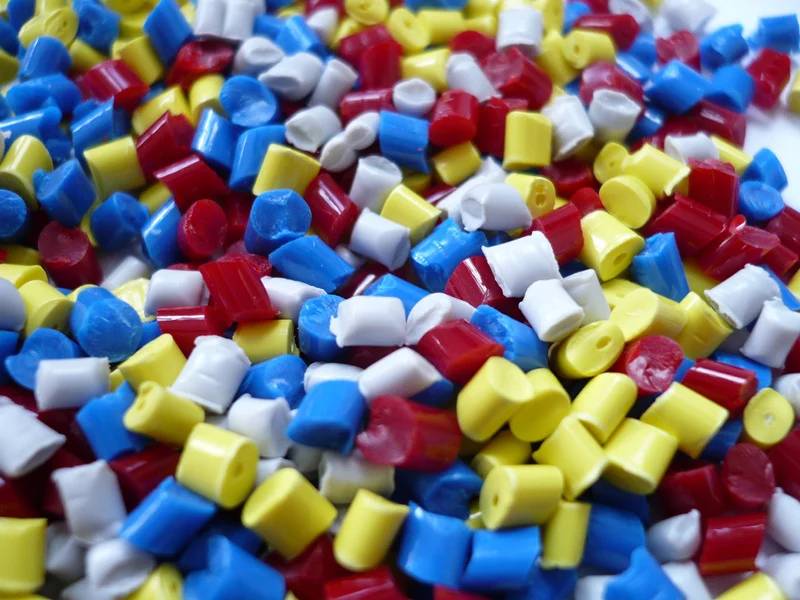How do Smithers polymer experts use a GC-MS?
A sample is introduced onto the column of the instrument and volatilised into the gas phase. It is then passed along a fused silica capillary column. From here, the sample is carried along the column by an inert carrier gas, usually helium, and the components are separated according to a number of factors including boiling point and polarity. Each component then elutes from the column onto the detector, in this case a mass spectrometer.
In the MS, components are ionised and bombarded by electrons resulting in fragmentation and these fragments (ions) are then separated by their mass to charge ratios (m/z). The distribution of ion fragments for a particular compound is referred to as a mass spectrum.
Mass spectra can be compared with extensive commercially available libraries of spectra to provide identification for unknown compounds. The peak area of a compound is proportional to its concentration, and so can be used for quantification of the compound.
What can Smithers support with and how can GC-MS help?
GC-MS is an incredibly powerful and valuable analytical tool with many potential applications. Smithers polymer experts work with clients to help them understand more about their materials, and gain confidence in their usage. Examples of this support includes:
- Identifying additives in polymeric materials including plasticisers and anti-degradants
- Reverse engineering of rubber products
- Residual monomer testing
- Residual solvent analysis
- Analysis of fuel samples
- Failure analysis
- Batch to batch comparison
- Headspace analysis of more volatile compounds
Find out more about Smithers
chemical characterization support and contact an expert for more information on how Smithers can help your team.
